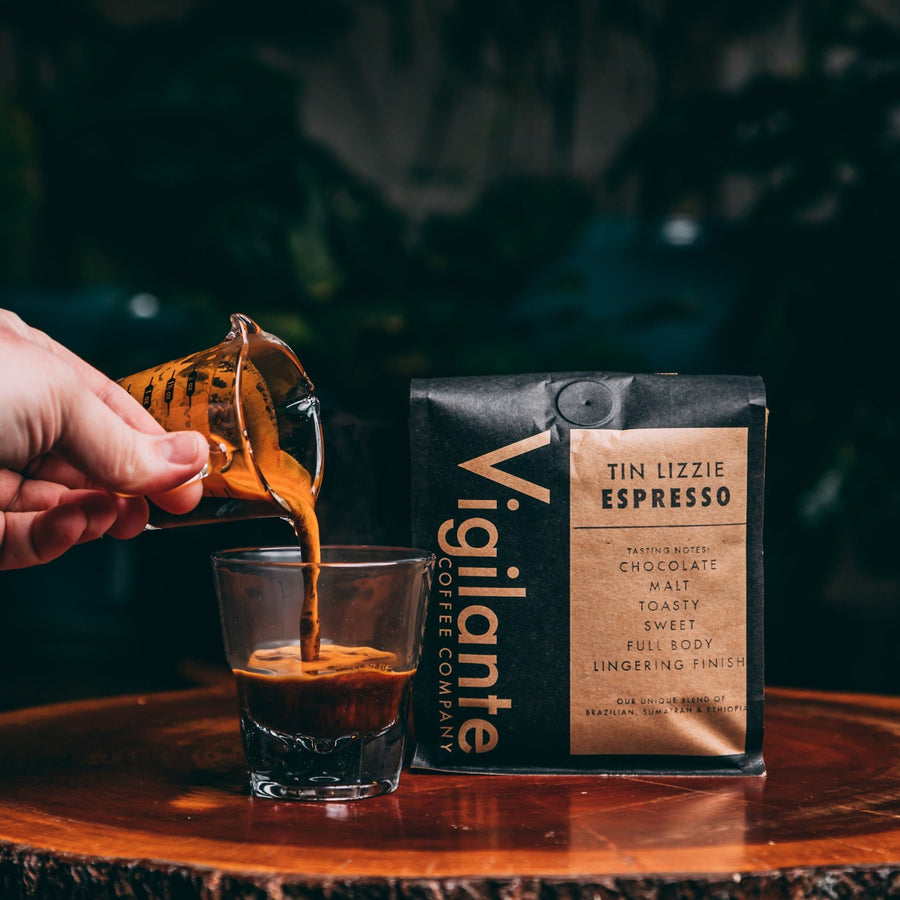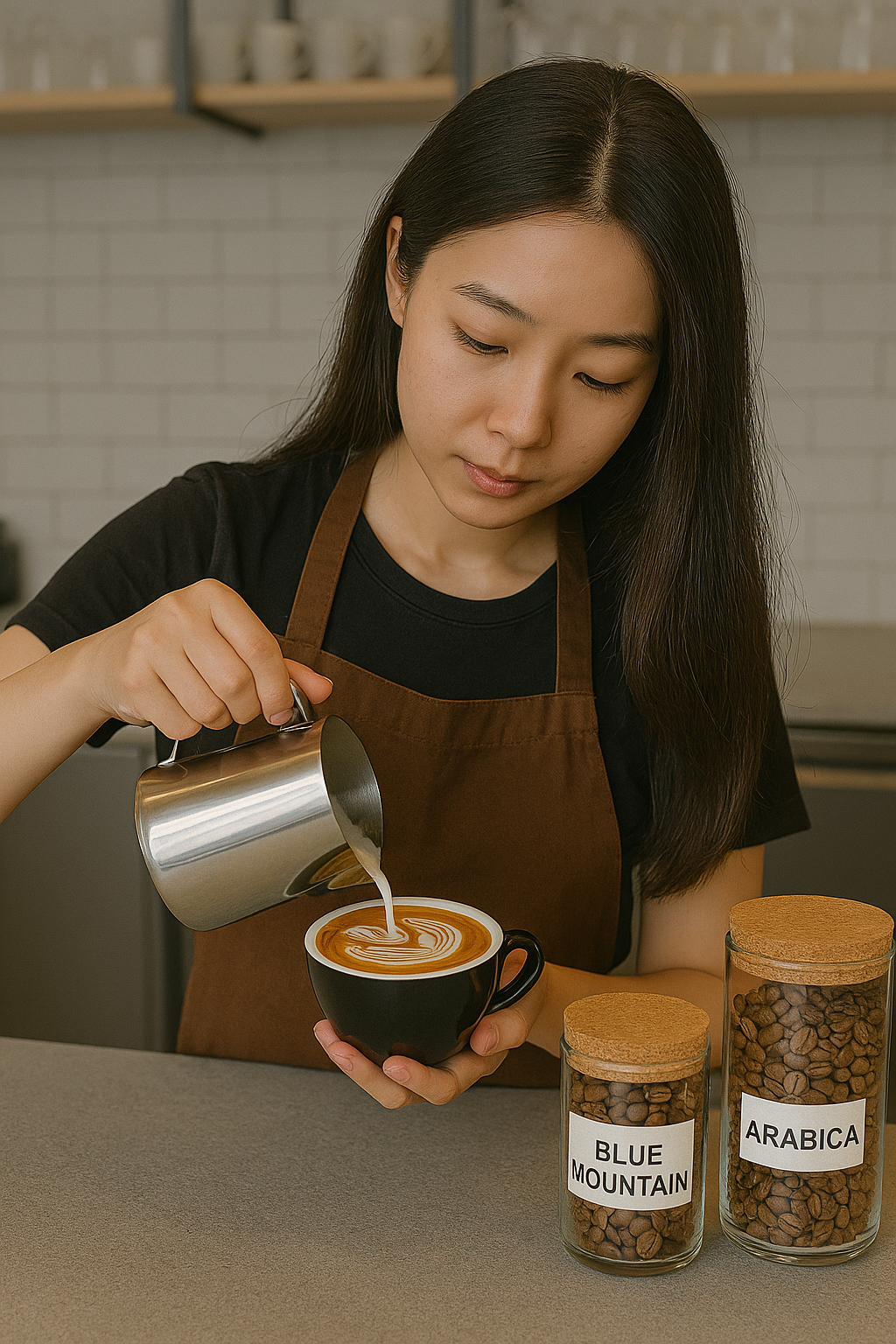Discovering the Origins Behind Specialty SOE Single Origin Espresso
Checking Out the Abundant Flavors of Coffee Beans: a Deep Study Espresso and Blended Coffee Beans
When you discover the rich flavors of coffee beans, you reveal a complicated globe where each selection brings its very own character to your mug. Recognizing the beginnings, refining approaches, and toasting methods can change your coffee experience. As you navigate through the art of coffee and the creative thinking behind combined coffees, you'll start to appreciate the nuances that make each sip special. What you'll find next might change the means you appreciate your early morning brew.
The Beginnings of Coffee Beans: Exploring Terroir and Flavor Profiles
When you take a sip of coffee, you're not just taking pleasure in a beverage; you're experiencing an abundant tapestry of flavors formed by the beans' beginnings. Each region produces one-of-a-kind flavor profiles influenced by elevation, climate, and dirt. Beans from Ethiopia frequently break with brilliant, fruity notes, while those from Colombia tend to offer a well balanced, nutty sweetness.
As you discover various beginnings, you'll discover exactly how terroir-- the ecological elements impacting a plant-- plays an important duty - Single Origin Espresso. The same coffee range can taste significantly various relying on where it's grown
When you think about these variables, you begin to appreciate the intricacy behind your mug. Each sip tells a tale of the land and the farmers who nurtured the beans. Next time you delight, assume regarding the journey your coffee took prior to it reached your hands, and appreciate those intricate flavors that show its beginning.
Comprehending Espresso: The Art and Science Behind the Brew
When you consider espresso, it's not nearly the strong flavor; it's also about the techniques that bring it to life. Understanding exactly how different preparation techniques effect taste can transform your brewing experience. Let's explore the complexities of espresso prep work and reveal the one-of-a-kind flavor profiles that make each cup unique.
Espresso Preparation Methods
Coffee prep work is both an art and a science, integrating accurate techniques with a deep understanding of coffee. To begin, you'll intend to pick high-grade, fresh roasted beans and grind them finely for ideal removal (Single Origin Espresso). The work dimension is important; too crude, and your espresso will certainly be weak, as well fine, and it'll be bitter
The result must be an abundant, velvety coffee with a stunning layer of crema on top. With technique, you'll master these strategies.
Flavor Profiles Clarified
The world of espresso uses an abundant tapestry of taste accounts that can boost your coffee experience. Light roasts often showcase brilliant acidity and lively tastes, while dark roasts existing much deeper, bolder tones.
Understanding these profiles helps you choose the best espresso for your palate. Experimenting with different blends can expose unusual mixes. A well-crafted blend might harmonize the intense notes of an Ethiopian bean with the abundant, chocolatey touches of a Brazilian bean. Accept the journey of discovering coffee's varied flavors, and you'll transform your coffee routine right into an interesting adventure.
Handling Methods: Just How They Impact Flavor and Fragrance
While it may appear that the origin of coffee beans is one of the most considerable consider determining their taste and scent, the processing approaches utilized post-harvest play an equally essential role. You'll locate that these techniques can considerably change the last preference profile of your cup.
For example, the washed procedure gets rid of the fruit from the beans before fermentation, typically leading to a cleaner, brighter taste. The natural procedure leaves the fruit intact throughout drying, resulting in a sweeter, fruitier profile.
Various other techniques, like honey handling, strike an equilibrium, allowing some fruit mucilage to continue to be, supplying an one-of-a-kind complexity.
Each handling method engages with the beans' inherent characteristics, improving or muting specific flavors and fragrances. When you drink that coffee or mixed coffee, remember that the journey from cherry to mug is affected not just by beginning yet also by exactly how those beans were refined.
Roasting Strategies: Opening the Full Possible of Coffee Beans
Roasting strategies are important for exposing the complete possibility of coffee beans, as they change raw, environment-friendly beans into the aromatic, tasty coffee you delight in. The option of toasting technique-- light, tool, or dark-- dramatically affects taste accounts.
A slower roast at lower temperatures permits for complicated flavors to create, while a quicker roast can increase resentment. By mastering these strategies, you'll expose a globe of taste, elevating your coffee experience to brand-new heights.
The Magic of Blended Coffee: Developing Special Flavor Experiences
Developing an one-of-a-kind taste experience with blended coffee can change your morning routine into an expedition of taste. By incorporating different beans from various areas, you can reveal a harmony of flavors that boost your cup to brand-new heights. Each blend deals a distinct profile, balancing level of acidity, body, and sweet taste to create something genuinely special.
When you pick a blend, you're not simply choosing a coffee; you're selecting right here a trip throughout varied landscapes and cultures. Trying out different mixes allows you to find your personal faves, whether you enjoy fruity notes or abundant, chocolatey touches.

Tasting Notes: Acknowledging the Nuances in Your Mug
As you drink your coffee, you may discover a spectrum of tastes dancing on your taste buds, each disclosing the intricacies of the beans. You might taste the intense acidity similar to citrus or the deep, rich notes akin to dark delicious chocolate. The sweet taste might evoke honey or sugar, balancing the overall profile magnificently.
Take note of the body of the coffee-- does it feel light and ventilated, or is it full and velvety? The coating, as well, offers hints; a lingering aftertaste may hint at nuttiness or floral undertones.

Do not fail to remember to check out the special characteristics of various beginnings, as each region imparts distinctive tastes - Single Origin Espresso. For circumstances, Ethiopian coffees usually present fruity notes, while Colombian beans might showcase an extra rounded sweet taste. By acknowledging these subtleties, you'll deepen your appreciation for each and every mug, get more elevating your coffee experience to brand-new elevations

Brewing Approaches: Taking Full Advantage Of Flavor Extraction for each Bean
When you check out the various developing methods, you'll discover that each technique can dramatically influence the flavor account of your coffee. From French press to pour-over, each method extracts various compounds, enhancing or muting specific notes. Utilizing a French press allows oils to remain in the brew, creating a richer preference, while pour-over emphasizes clearness and brightness.
Temperature level and grind size also play important duties. A coarser work functions best for chilly brews, while a fine work is optimal for espresso. Trying out water temperature level-- in between 195 ° F and 205 ° F-- can reveal hidden tastes, as well.
Do not ignore soaking time; a quick removal can result in sour notes, while over-extraction might generate bitterness. By adjusting these variables, you can make the most of flavor extraction and genuinely boost your coffee experience. Take pleasure in the journey of finding what technique finest matches your palate!
Frequently Asked Inquiries
What Is the Ideal Water Temperature for Developing Coffee?
The suitable water temperature level for brewing coffee's between 195 ° F and 205 ° F. If you make use of water that's too warm, you'll over-extract tastes; also cold, and you won't draw out sufficient. Go for that wonderful place for the very best brew!
How Does Grind Dimension Affect Coffee Taste?
Grind dimension substantially influences coffee taste. Finer grinds extract more oils and tastes, leading to a bolder preference, while coarser grinds yield a lighter flavor. Adjusting work size aids you accomplish your desired coffee account.
Are There Health Conveniences Surrounding Drinking Coffee?

What Is the Distinction Between Arabica and Robusta Beans?
Arabica beans are smoother and sweeter, usually featuring fruity flavors, while robusta beans are stronger with a bitter taste check these guys out and higher high levels of caffeine content. You'll observe these differences in scent and brewing experience.
Exactly How Can I Shop Coffee Beans for Quality?
To save coffee beans for quality, keep them in a closed container, far from light, heat, and wetness. If you only grind what you require right before brewing., you'll keep their flavor much longer.
Exploring the Abundant Tastes of Coffee Beans: a Deep Dive Into Espresso and Blended Coffee Beans.
When you discover the rich flavors of coffee beans, you discover a complex world where each variety brings its own personality to your mug.When you take a sip of coffee, you're not simply delighting in a beverage; you're experiencing an abundant tapestry of flavors formed by the beans' beginnings.Roasting techniques are essential for revealing the full capacity of coffee beans, as they transform raw, eco-friendly beans right into the fragrant, savory coffee you delight in.As you drink your coffee, you could see a range of flavors dancing on your palate, each disclosing the details of the beans.